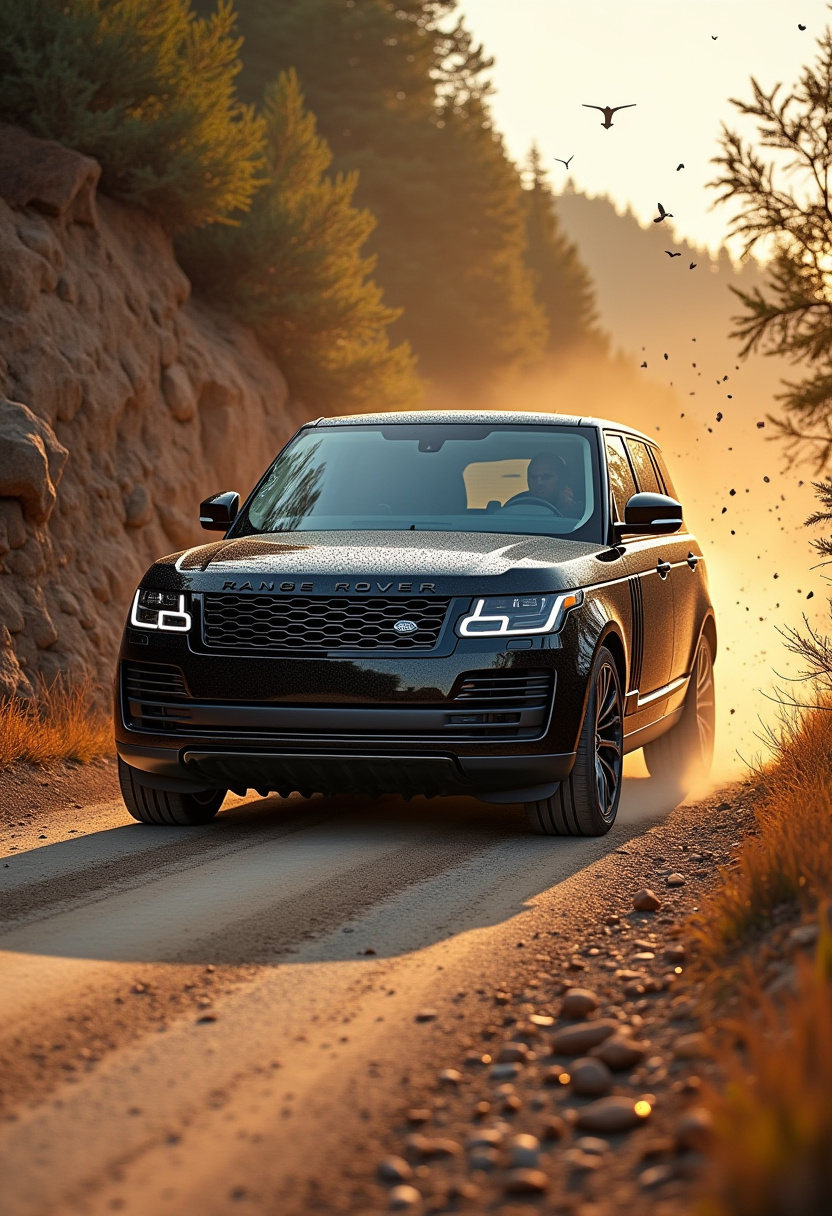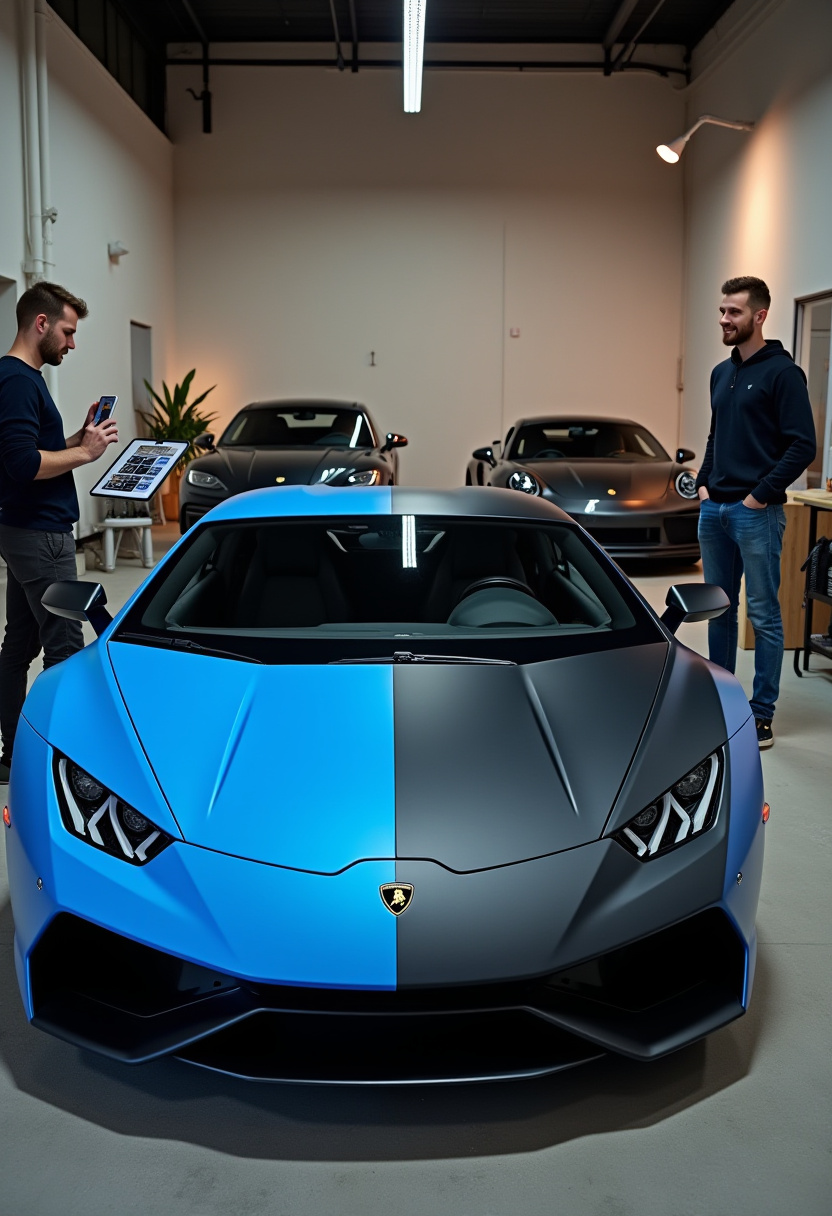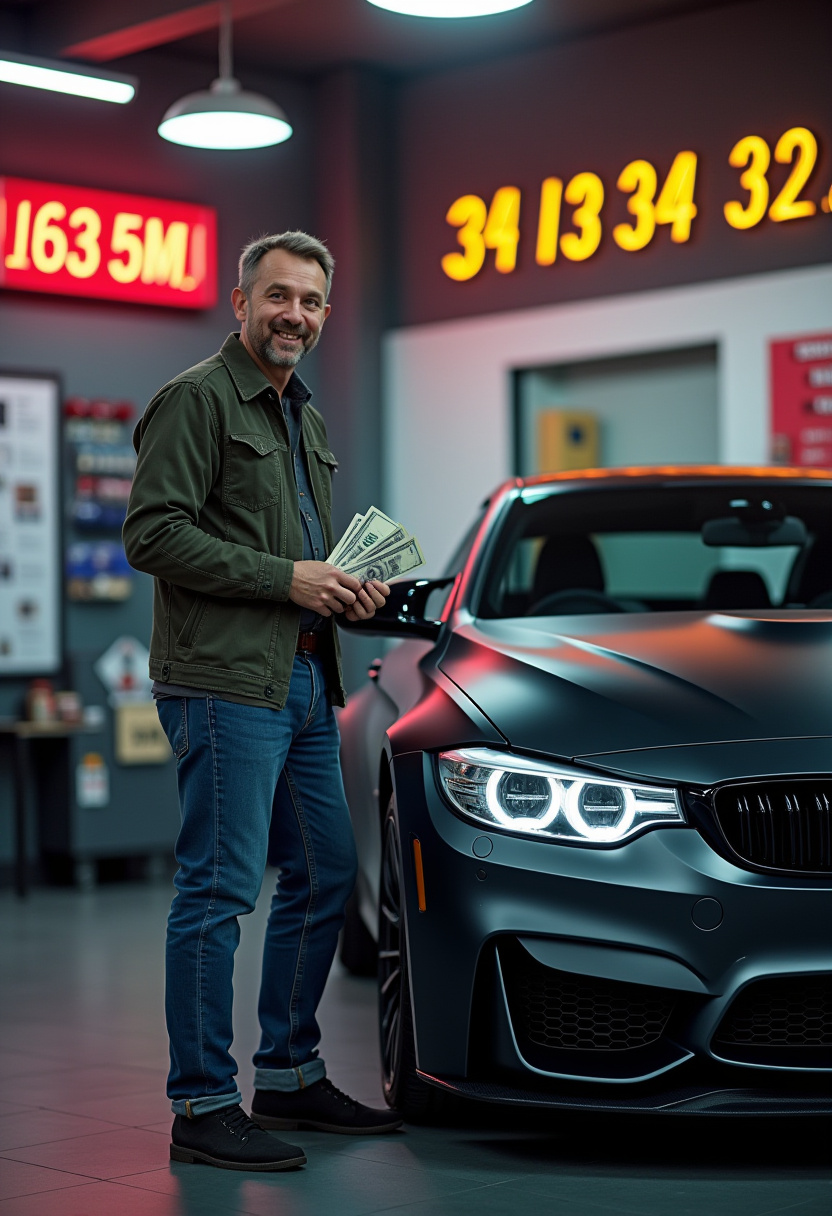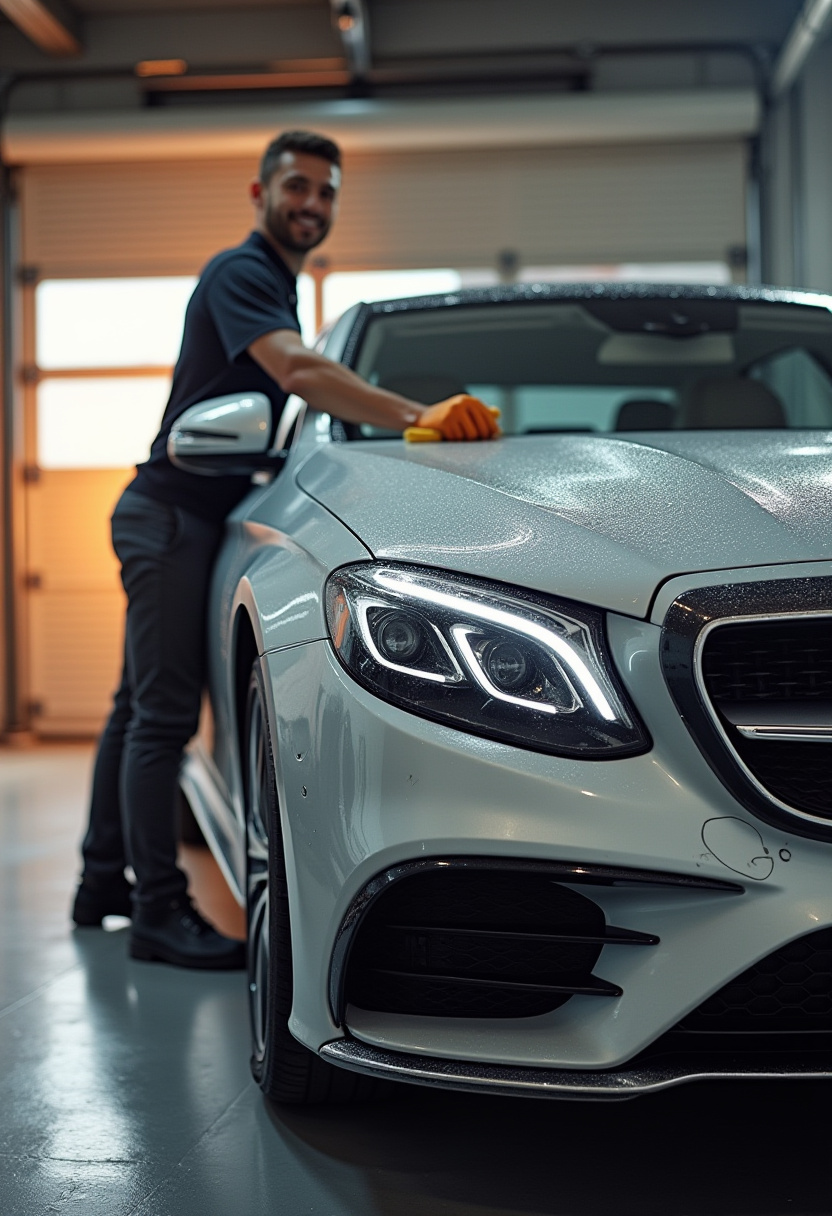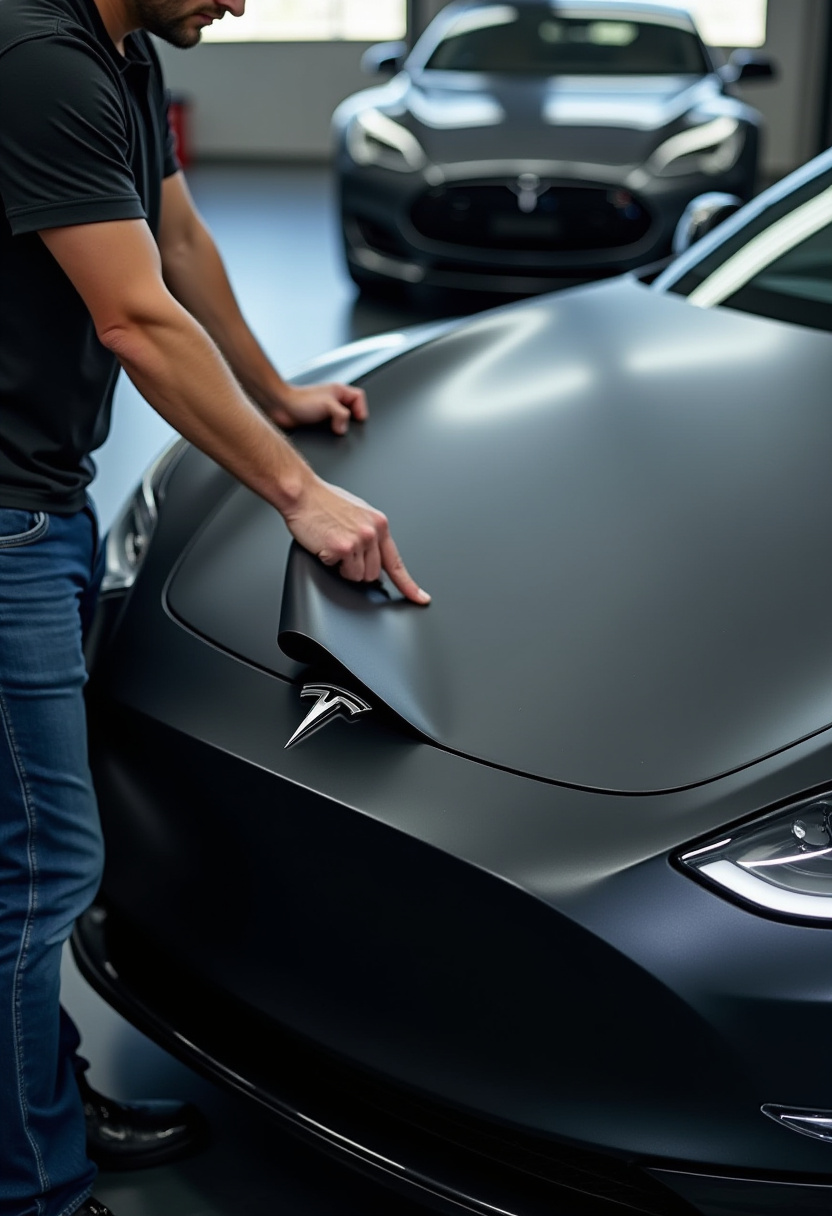- Hamilton
- mississauga
- brampton
Services
- insta.tints
- +1 647-559-5015
- Hamilton
- mississauga
- Hamilton
- mississauga
- brampton
- scarborough
- Brampton
- Scarborough
0%
The ultimate defense against inevitable rock chips and deep scratches.

We start with a consultation to understand your vision, preferences, and the best vinyl wrap options for your vehicle. Our experts guide you through different finishes, colors, and textures to match your style.
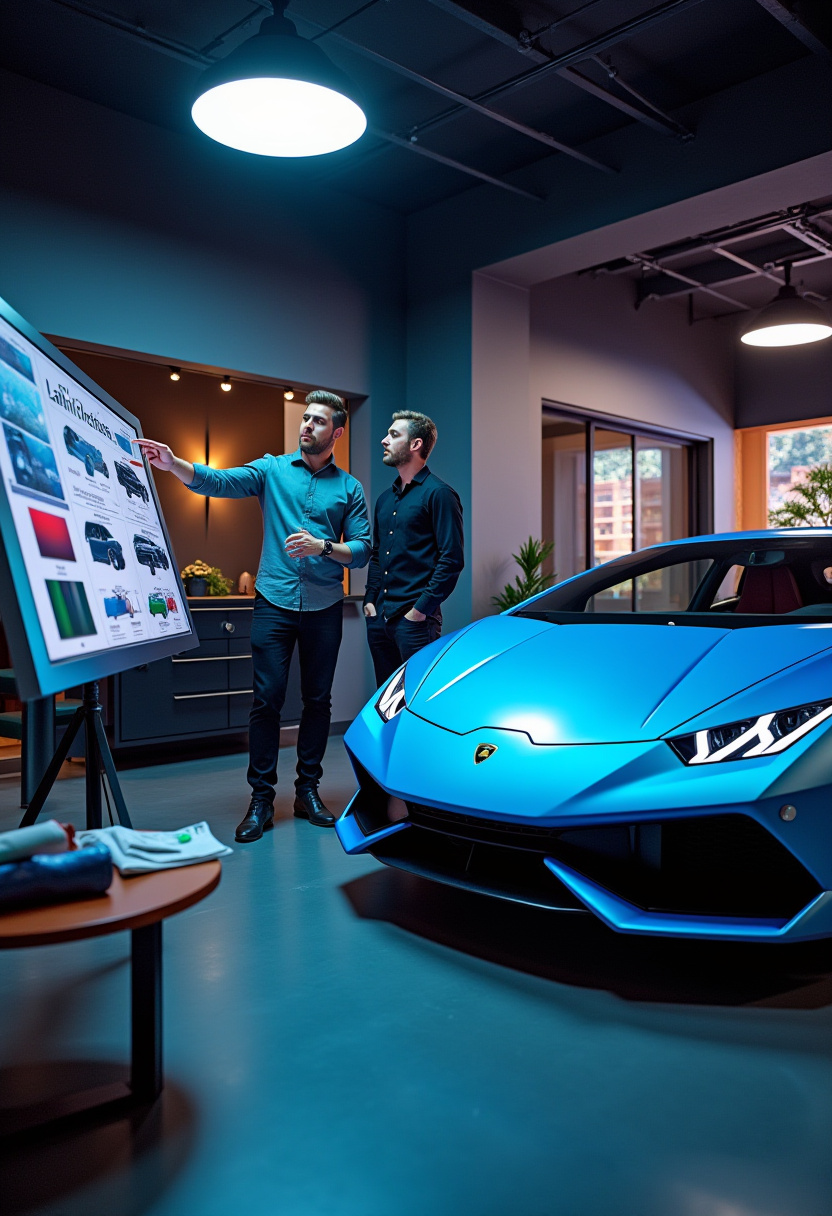

We start with a deep clean and degreasing to prep the surface.
Then, your selected wrap is custom-designed, measured, and cut precisely to fit your car’s curves.
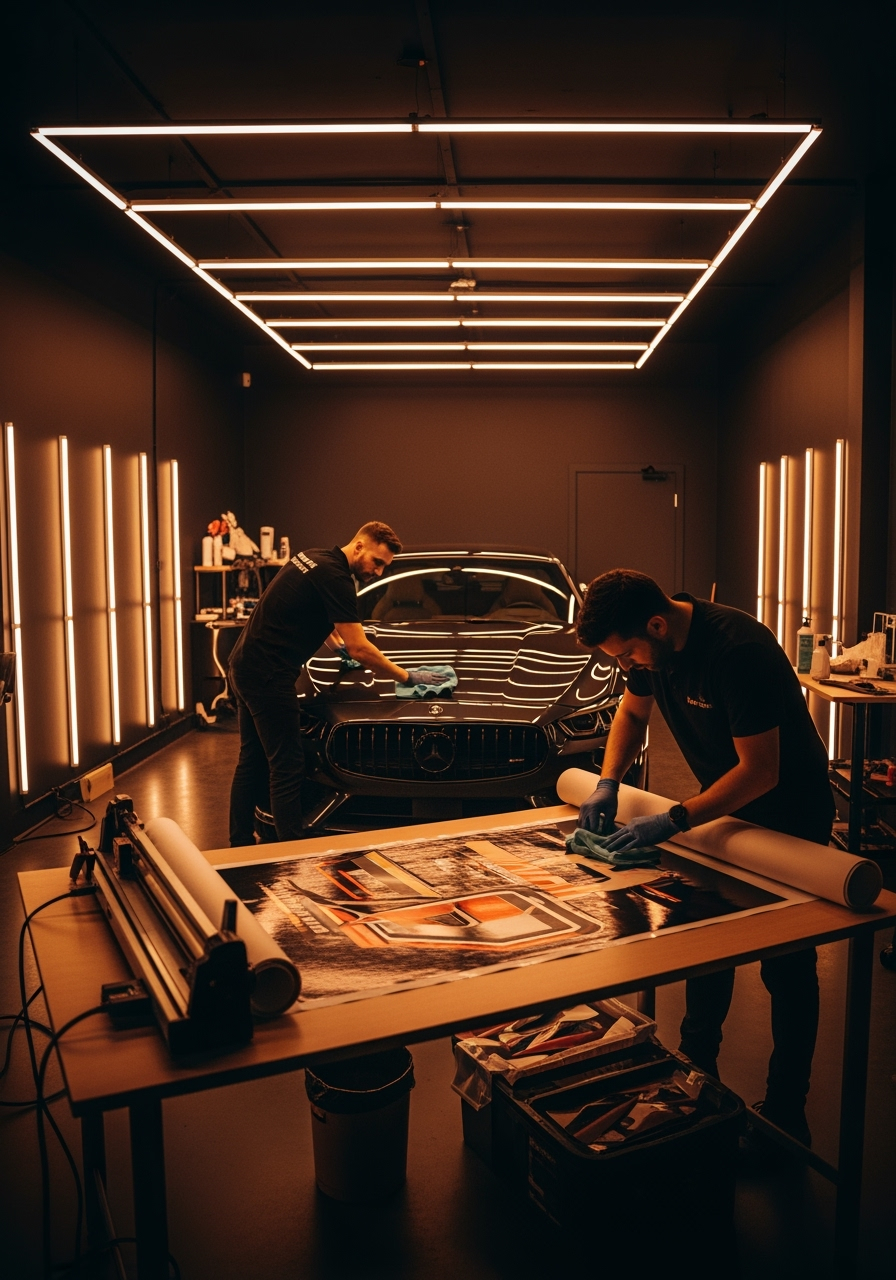


Based on your selection, the vinyl wrap is custom-designed, measured, and precisely cut using advanced plotting machines to fit your vehicle’s dimensions perfectly
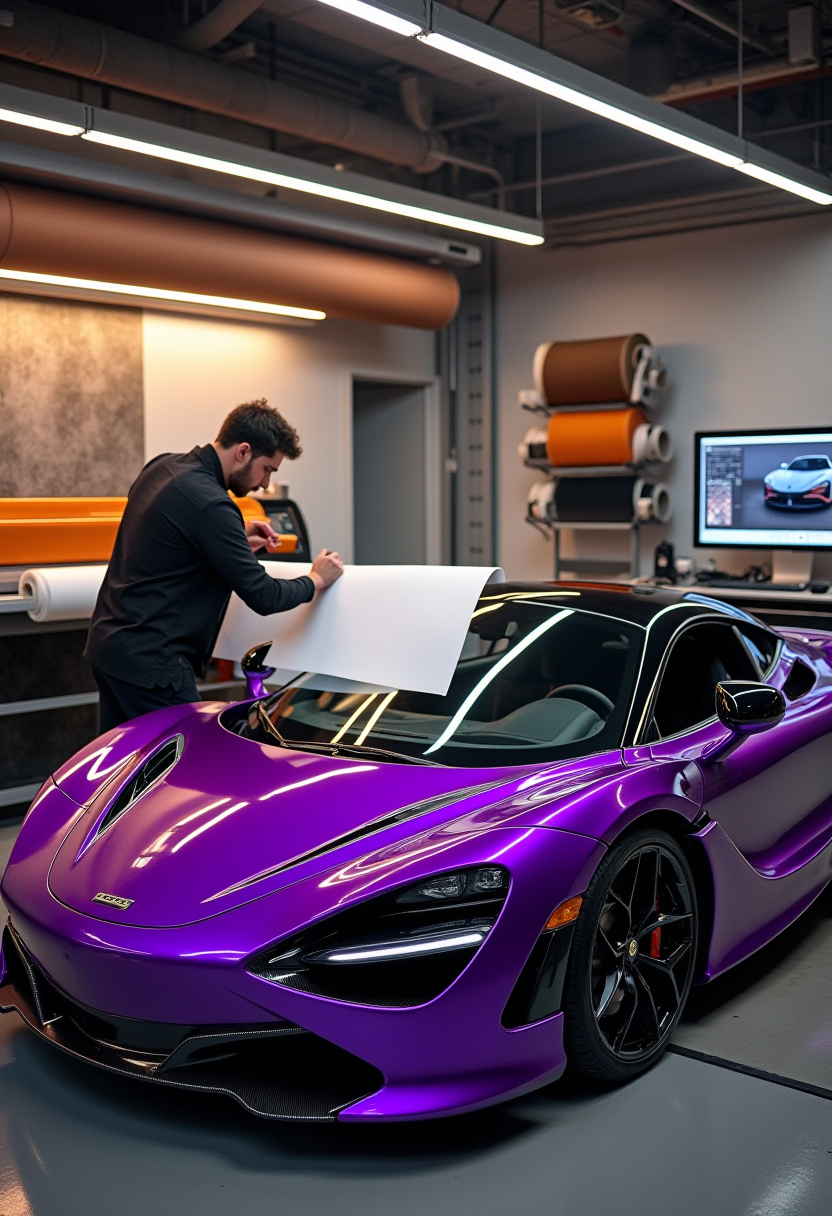
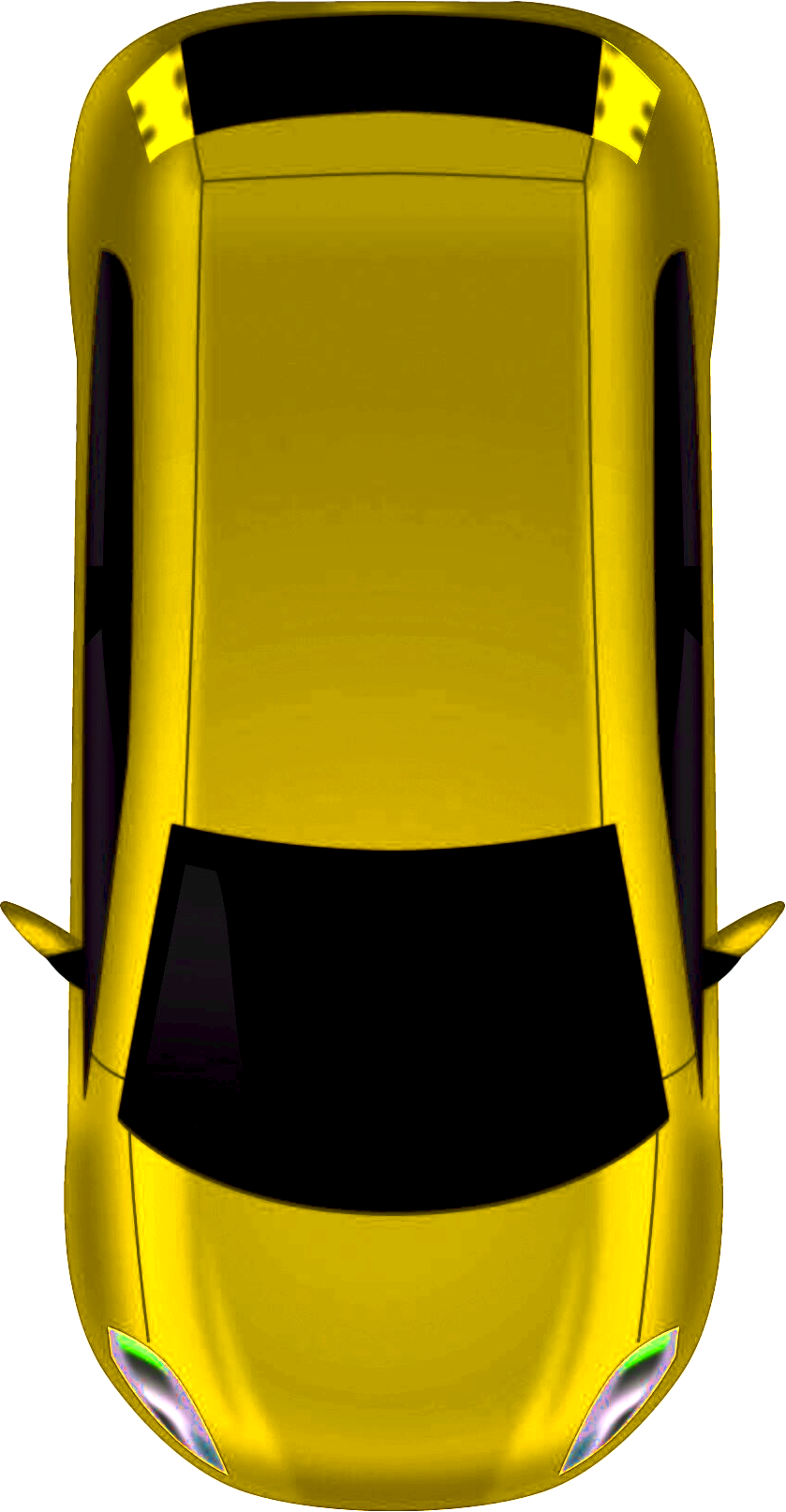

Our skilled technicians carefully apply the vinyl wrap to your vehicle, using specialized tools to ensure a smooth finish without air bubbles or wrinkles.



Edges and seams are meticulously tucked and sealed to ensure durability and a factory-like finish. Every detail is checked for perfection.



Before delivery, we conduct a final walkthrough with you to ensure the wrap meets your expectations. We also provide care instructions for long-lasting results.

Give your car a bold new look with a custom vinyl wrap that reflects your style and stands out on every street.
